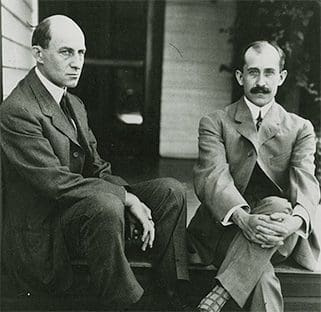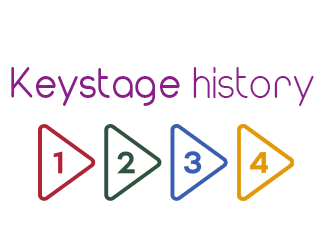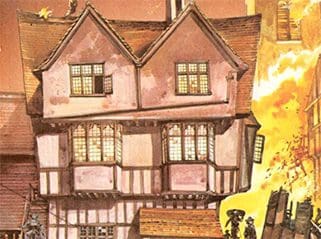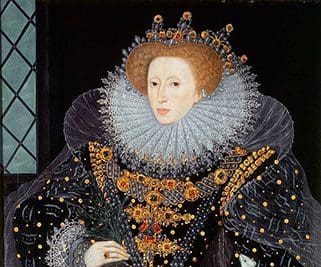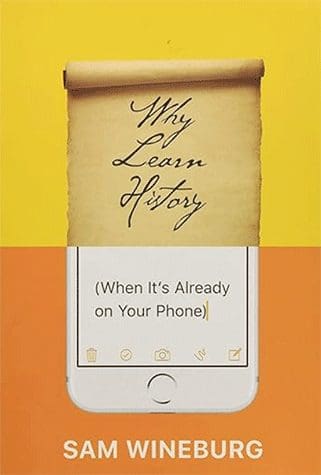
I have always favoured actively learning in history, not least because it frees the teachers to talk to individuals about the history they are studying. On the other hand, when inspecting school, I frequently found well-intentioned teachers trying to be creative with the task and end-product with insufficient thought to how the pupils get there.
As a short-hand way into planning I usually advocate thinking along the lines of the 4Ps: People, Puzzle, Process and Point.
What is often missing is the last two: pupils are not given opportunities to fully process ideas because they are thinking more about the product than the process.
This was brought home to me again recently when I read of a teacher who had to teach US Civil Rights in an active way. Request for ideas were met with the seemingly creative approach of giving pupils cut out ginger men figures onto which were printed the names of key individuals. This was offered as a stimulus to encouraging pupils to consider a dialogue between two individuals .In this case Martin Luther King and Malcolm X.
Nothing wrong with the idea you might think. Indeed, I am sure some would really enjoy it. The worry for me is that the difficult bit about teaching the key differences between the two leaders could almost be taken as of secondary importance.
Get the product right and the task will look after itself. Well it won’t.
So, let’s carry on engaging pupils with interesting end products but let’s focus our advice as much on the process of how to get there as the product itself. I have often written about the 6-step approach.Step 1, 2 , 3 and 6 are done well in most schools. It is steps 4 and 5 that are the most frequently overlooked. And in my experience of observing over 2,000 history lessons in primary and secondary schools, it is the teachers who deal with steps 4 and 5 effectively are the ones who consistently teach outstanding lessons. Details of how the 6 step approach works can be found on the site in the teaching section for each key stage


